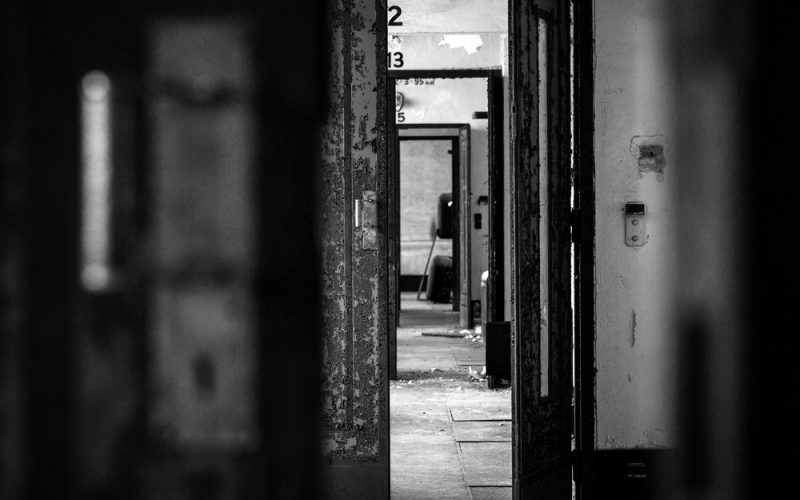Solitary confinement in U.S. prisons was originally intended for the most extreme circumstances. Keramet Reiter of the UC-Irvine law school joins us to talk about how the practice has become more widely used – and about the effect it has on prisoners. She writes about those topics in “23/7: Pelican Bay Prison and the Rise of Long-Term Solitary Confinement” (Yale University Press).
Keramet Reiter on …
… the long-term effects of solitary confinement on inmates:
“The evidence suggests that being in these kinds of conditions even for people who are really healthy is incredibly mentally taxing. Prisoners I’ve talked to who’ve spent time, extended periods in isolation, talk about after a few months or years of no-human-contact how hard it is to experience human touch again. They are not used to making eye contact or normal facial expressions, and they talk about having to relearn how to smile and make normal eye contact and be responsive. And that someone touching them is such a scary feeling because it’s been so long since they’ve felt that.”




